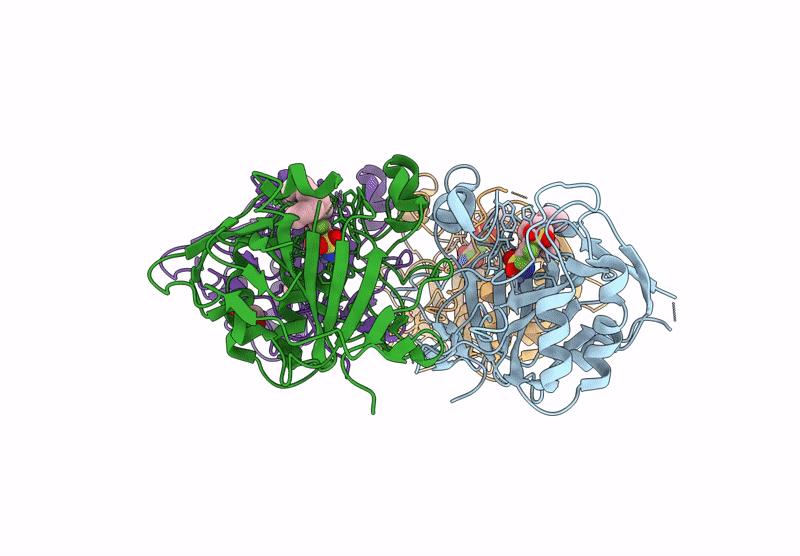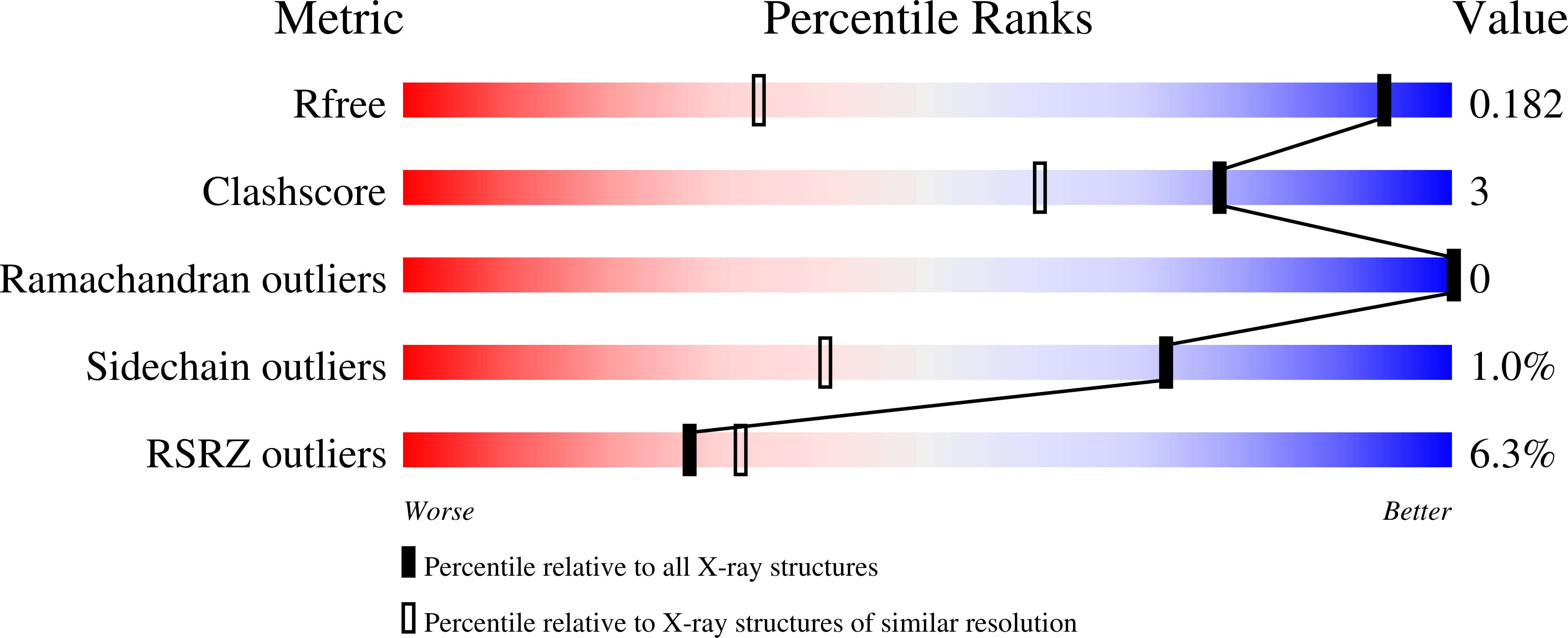
Deposition Date
2024-06-09
Release Date
2025-05-14
Last Version Date
2025-05-14
Entry Detail
PDB ID:
9FN7
Keywords:
Title:
Crystal structure of human carboanhydrase XII with 5,7,8-trifluoro-4-(3-propylhexyl)-3,4-dihydro-2H-benzo[b][1,4]thiazine-6-sulfonamide 1,1-dioxide
Biological Source:
Source Organism:
Homo sapiens (Taxon ID: 9606)
Host Organism:
Method Details:
Experimental Method:
Resolution:
1.12 Å
R-Value Free:
0.18
R-Value Work:
0.15
R-Value Observed:
0.15
Space Group:
P 1 21 1


